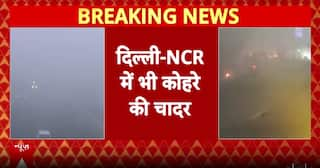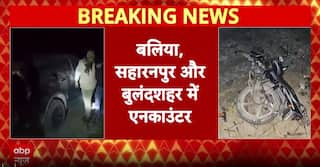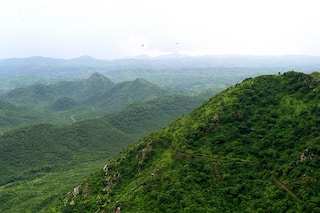Solar Eclipse 2021: These Indian States Can Witness The 'Ring Of Fire'; Here's All You Need To Know
Those in Ladakh and Arunachal Pradesh will be able to witness it while others will have to give it a miss. People from rest of the part of the country can watch the event online.

New Delhi: India is all set to witness the first solar eclipse of the year on 10th June which means today in the evening. Interestingly, the border and Himalayan terrain will be able to see the eclipse and besides them, none will be able to see the ring of fire!
According to the map published by NASA, the Solar Eclipse will be visible to people across the northern hemisphere.
ALSO READ: Know TMC Leader Nusrat Jahan's Most Famous Controversies So Far Amid Reports Of Secret Pregnancy
Those in Ladakh and Arunachal Pradesh will be able to witness it while others will have to give it a miss. People from rest of the part of the country can watch the event online.
The cosmic phenomenon occurs when the Sun, Moon, and Earth are in the same line and the Moon passes between the Earth and Sun, blocking the view of the Sun, but not entirely as the moon revolves around the Sun in an elliptical orbit. This covering by the moon renders a ‘ring of fire’ image to the Sun.
The Director of MP Birla Planetarium D.P. Duari confirmed,, “the sighting will have a minuscule fraction of the Sun covered by the Moon that is also very low on the horizon, lasting at the most 3-4 minutes depending upon the position.”
In India, the Solar Eclipse will be visible only to people in Ladakh and Arunachal Pradesh. It is scheduled to begin here at 1:42 pm and will end at 6:41 pm. The peak time will come around 4:16 pm when both the Sun and Moon will conjunct exactly at 25 degrees in the Taurus sign.
As per NASA, parts of the eastern United States, northern Alaska, Canada, and parts of the Caribbean, Europe, Asia, and northern Africa will be able to see a partial solar eclipse on June 10. The annual solar eclipse will start around 1.42 PM (IST) and will last until 6:41 pm (IST).
How to watch?
It is not advisable to witness the eclipse with the naked eye as it can cause serious damage to the eyes. Projecting the sun through a box projector, or projecting using binoculars or telescope is a safe and easy way to view a solar eclipse.
The second and last solar eclipse of this year will occur on 4 December. This will be a Total Solar Eclipse that will begin at 10:59 am and end at 03:07 pm.
There are three types of solar eclipses - total, partial and annular. An annular solar eclipse happens when the moon covers the sun's center, leaving the sun's visible outer edges to form a "ring of fire" or annulus around the moon.






































